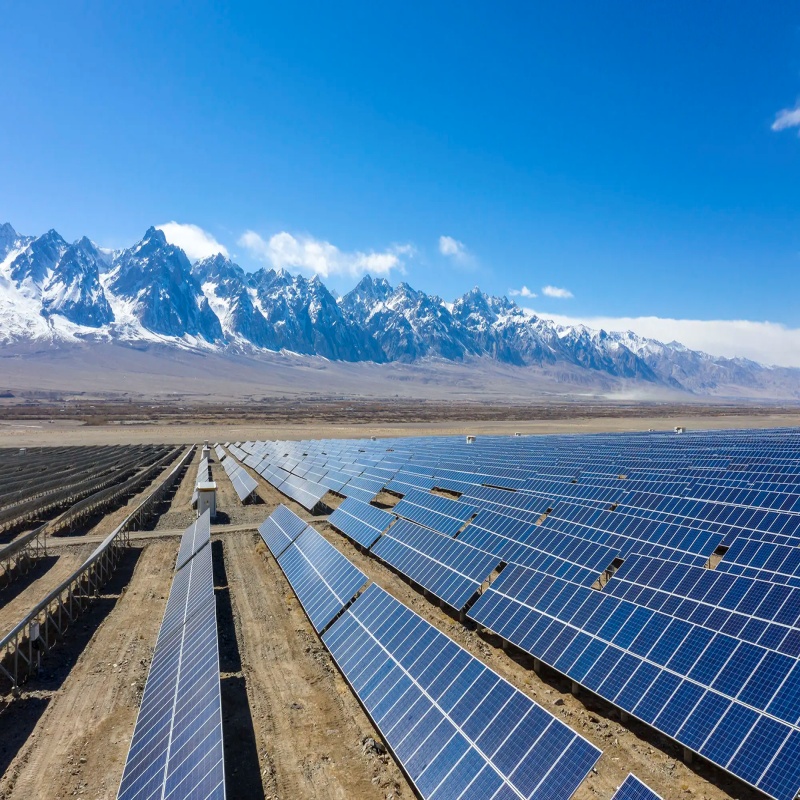◉ As the global demand for renewable energy continues to rise, solar energy, as a crucial component, is rapidly gaining widespread application in Australia. Located in the Southern Hemisphere, Australia boasts vast land and abundant sunlight resources, providing exceptional conditions for the development and utilization of solar technology. This article will explore the current state of solar energy support systems in Australia and their impacts.
◉ Firstly, the main forms of solar energy support systems include photovoltaic (PV) power generation and solar water heating systems. In recent years, an increasing number of households and commercial institutions have begun installing photovoltaic systems to harness clean energy. Additionally, solar water heating systems have been widely adopted in Australian residences, especially in remote areas, effectively reducing reliance on traditional energy sources.
◉ According to statistics from the Australian Renewable Energy Agency, by2022, the national installed capacity of photovoltaic systems had exceeded30 billion watts, covering almost all states and territories in the country. This phenomenon not only reflects public recognition and support for renewable energy but also indicates strong governmental promotion at the policy level. The Australian government has introduced various incentive measures to facilitate the adoption of solar energy systems, such as residential solar subsidies and green loan programs, enabling more households to afford the installation costs of solar facilities.
◉ Furthermore, the widespread application of solar energy support systems has also contributed to the development of the Australian economy. The booming solar industry has created numerous job opportunities, benefiting related sectors from technological research and development to system installation and maintenance. In addition, the development of solar energy aids in diversifying regional economies, with many rural areas achieving structural transformation and upgrades through solar projects.
◉ However, the application of solar energy support systems also faces several challenges. Firstly, despite the abundance of solar resources, the efficiency of power generation is significantly affected by weather conditions, particularly during cloudy or rainy periods when power generation can drop substantially. Secondly, advancements in energy storage technology need to be further strengthened to address the mismatch between solar power generation and consumption times. To this end, Australian research institutions and enterprises are continually increasing investments in storage technology to tackle these challenges.
◉ In summary, the application of solar energy support systems in Australia has achieved remarkable success, promoting economic development and energy transition. However, in the face of challenges, collaboration among government, enterprises, and research institutions is essential to drive further advancements in solar technology and achieve sustainable development goals. In the future, solar energy will continue to be an important component of Australia’s energy structure, providing robust support for the nation’s energy independence and environmental protection.
→ For all products,services and up to date information,please contact us.
Post time: Oct-30-2024



